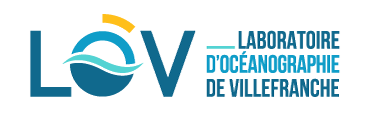Over the past decade, microplastic research on ingestion and impacts in marine biota has received significant attention. Zooplankton has become a subject of interest due to their crucial role in marine food webs. This review focuses on trends in nano-and microplastics (NMPs) ingestion studies in marine zooplankton. Four groups of organisms were considered: protozoans, holoplankton, meroplankton and ichthyoplankton. Of 120 reviewed articles, holoplankton was the most studied group, with laboratory experiments dominating over field studies. Although NMPs sizes and polymer types are diversifying in laboratory experiments, their characteristics are still far from representing the complexity of NMPs found in nature. Polystyrene (as polymer type) and beads (as shape) are overrepresented in laboratory experiments (54% and 79%, respectively). Furthermore, most NMPs concentrations used in the laboratory exceed those found in the field. The units used to report ingestion of NMPs in zooplankton vary greatly, with "microplastics per individual" being the most frequently used. In addition, certain planktonic groups (e.g., protozoans and ichthyoplankton) and behavioral traits, such as ambush feeding, have been poorly investigated. This variability hampers comparisons between studies and thus mechanistic insights into NMPs ingestion in marine zooplankton.
This review identifies research gaps and it highlights the ongoing disparity between environmental and laboratory conditions in zooplankton ingestion studies. We encourage the scientific community to harmonize the reporting units for NMPs ingestion and focus on more environmentally realistic studies with a trait-based approach. Transitioning towards more hypothesis-driven experiments is crucial to clarify the mechanistic importance of environmentally relevant microplastic features.
